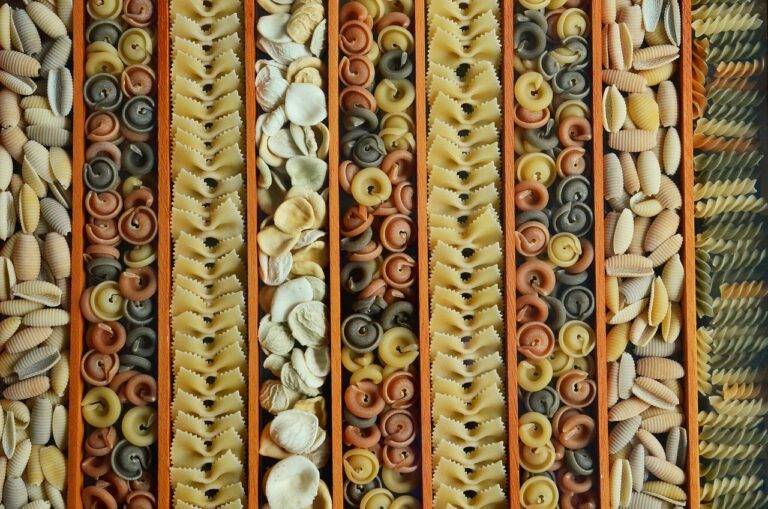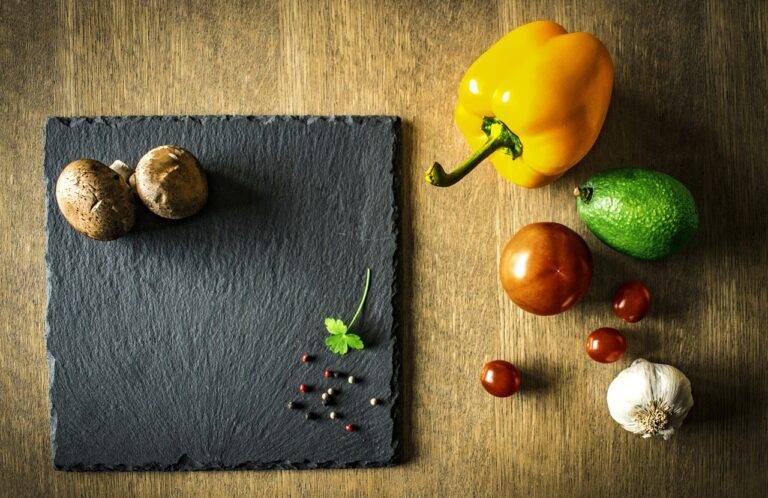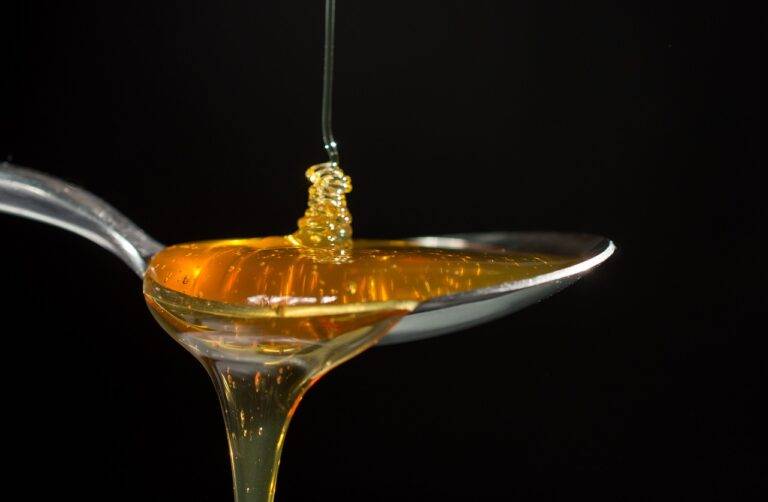The Joy of Edible Gardening: Growing Your Own Herbs, Fruits, and Vegetables.
Growing your own edible garden can provide numerous benefits. Firstly, having access to freshly harvested fruits and vegetables right from your backyard ensures that you are consuming produce at its peak freshness, flavor, and nutritional value. This can greatly enhance the taste and quality of your meals, leading to a healthier lifestyle overall. Additionally, cultivating an edible garden allows you to have full control over the cultivation process, ensuring that no harmful chemicals or pesticides are used in the growing of your food.
Furthermore, starting an edible garden can also be a cost-effective way to supplement your grocery shopping. By growing your own produce, you can reduce your reliance on store-bought fruits and vegetables, ultimately saving money in the long run. This not only benefits your wallet but also reduces your carbon footprint by decreasing the need for transportation and packaging associated with commercially grown produce. Overall, the decision to start an edible garden can lead to a more sustainable and rewarding way of life.
Choosing the Right Location for Your Garden
When selecting a location for your edible garden, it is crucial to consider the amount of sunlight the area receives. Most fruit and vegetable plants require at least six hours of direct sunlight daily to thrive. Choose a spot in your yard that is not obstructed by trees or buildings to ensure your plants get the necessary sunlight.
In addition to sunlight, it is essential to assess the availability of water in the chosen location. Your garden should be situated close to a water source, such as a hose or irrigation system, to make watering more convenient. Adequate water supply is vital for the health and growth of your plants, so make sure the chosen spot can be easily watered on a regular basis.
Why is it important to choose the right location for my garden?
Choosing the right location for your garden is important because it can greatly impact the success of your plants. Factors such as sunlight, soil quality, and drainage all play a role in the health and growth of your garden.
How can I determine the best location for my garden?
To determine the best location for your garden, consider the amount of sunlight the area receives, the quality of the soil, and the accessibility to water sources. You should also think about any potential obstacles such as trees or buildings that could block sunlight.
Are there any locations I should avoid for my garden?
Yes, you should avoid areas that are heavily shaded, have poor drainage, or are prone to flooding. Additionally, avoid areas with rocky soil or where there is a lot of foot traffic.
Can I plant a garden in a small space?
Yes, you can absolutely plant a garden in a small space. Consider using containers or raised beds to maximize your space and grow a variety of plants.
How can I improve the soil quality in my chosen garden location?
You can improve soil quality by adding compost, mulch, or other organic matter to the soil. This will help provide essential nutrients to your plants and improve drainage.
What are some easy-to-grow plants for beginners?
Some easy-to-grow plants for beginners include tomatoes, lettuce, peppers, and herbs like basil and mint. These plants are relatively low maintenance and can thrive in a variety of garden locations.





